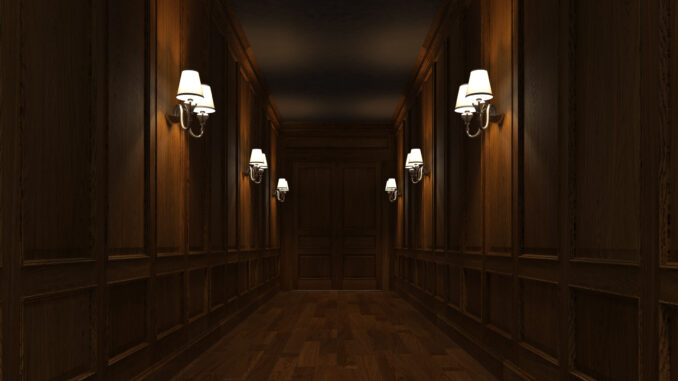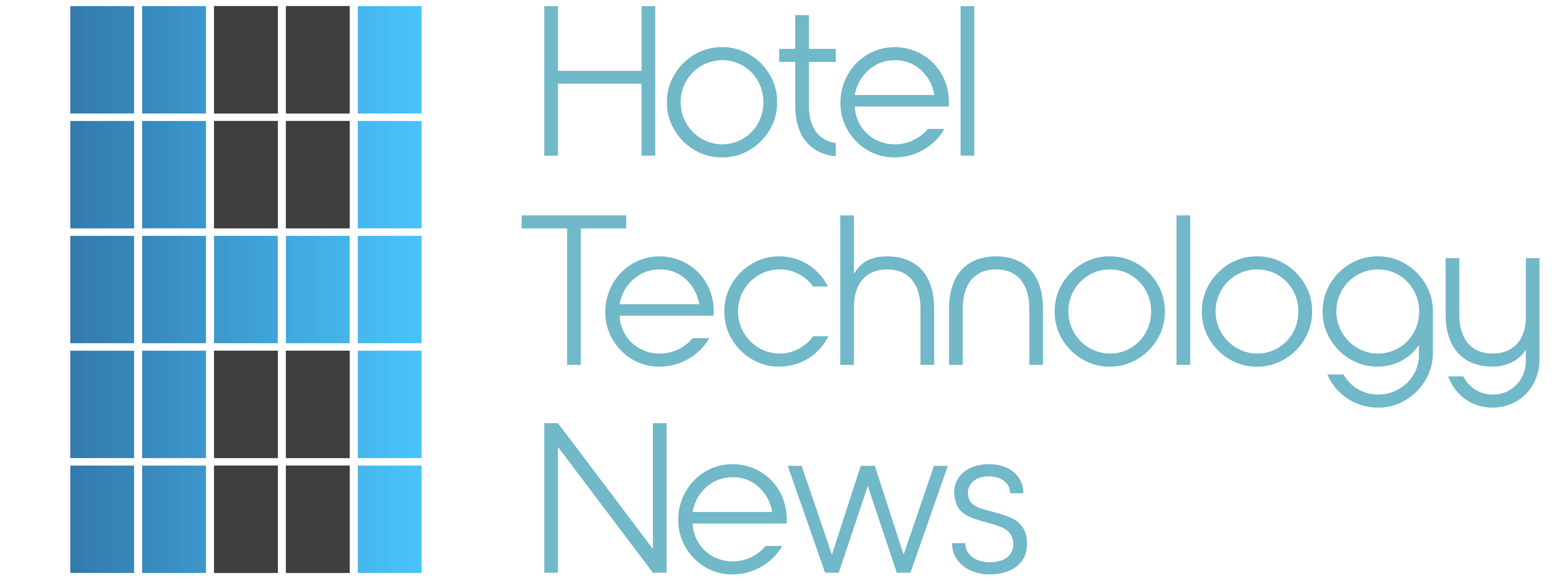
By Ira Vouk | Hospitality 2.0 Consulting - 4.25.2025
Chapter 1: The Three-Legged Trap
Once upon a time in a land not so far away, hotel companies became victims of their own business model. The infamous three-legged stool — owner, operator, brand — seemed stable enough until you realized all three legs were trying to walk in opposite directions. What could possibly go wrong?
The owner wanted profit. The brand wanted loyalty signups and royalty fees. The operator just wanted to survive another quarterly meeting. Collaboration? Please. Everyone had their own KPIs, their own reporting lines, and their own version of success. Meanwhile, the guest just wanted a clean room and maybe a bottle of water that didn’t require a second mortgage.
The franchise model… A symphony of confusion with a chorus of restrictions. Owners paid fees for brand standards they didn’t believe in, forced to use outdated systems that barely met the needs of Y2K. Want to try a new vendor? Not unless the brand blessed it first. Want to try a new pricing model or a revenue stream? Not unless it matches the outdated franchise playbook.
And heaven forbid a hotel tried to innovate. Brands were the gatekeepers, and the gate was locked with a rusty chain of legacy contracts and “strategic partnerships” from 2003.
Chapter 2: Tech Terror
Ah, the technology. Or should we say… the haunted house of half-working systems. Every hotel had its own set of disconnected tools. Property Management Systems that hadn’t seen an upgrade since Windows 95. Revenue Management Tools that were Excel spreadsheets wearing a fake mustache. Guest communication handled via Post-It notes or (if you were really advanced) a walkie-talkie.
And let’s talk about upgrades — if you dared utter the words “system migration” at a management meeting, you were either escorted out or handed a bottle of whiskey and a stress ball. Upgrades came with the same energy as a cursed artifact: don’t touch it unless you want to awaken ancient bugs buried deep in the code.
Meanwhile, hoteliers were expected to provide seamless guest experiences while wrestling with a patchwork quilt of incompatible software. There was no central data hub, no unified dashboard, just a terrifying maze of logins, spreadsheets, and systems that seemed to require both technical support and divine intervention to operate.
And then there was the cost. What a new PMS? That will be $150,000 in license fees. Want to integrate it with your new CRM? That’ll be another $20,000 and a six-month timeline. Want real-time syncing? Maybe in your next life. Even basic automations were locked behind paywalls, outdated APIs, and that one IT consultant who only answered emails on Thursdays.
In short, it wasn’t a tech stack — it was a tech Jenga tower. Every new tool was another wooden block shoved somewhere unstable. And when it all inevitably came crashing down, we were somehow surprised.
Chapter 3: Silo Syndrome
Departments operated in glorious isolation. Revenue Management wouldn’t talk to Marketing because Marketing “doesn’t get data.” Marketing wouldn’t talk to Sales because Sales “only cares about the end of the funnel.” Sales wouldn’t talk to Operations because “they never deliver.” And Operations wouldn’t talk to Finance because Finance “always says no.” And Finance? Finance was in its own basement, trying to calculate GOPPAR without crying.
Each department had its own set of tools, its own version of the truth, and its own pet KPIs that no one else understood or respected. Marketing chased impressions. Revenue focused on RevPAR. Sales lived and died by leads. Operations scrutinized guest feedback with the same energy they used to chase down guests who took an extra muffin to-go from the breakfast room. Finance guarded their spreadsheets like national secrets in a spy bunker.
No one knew what the other was doing, but by golly, they were proud of it. “We meet quarterly to align” was corporate code for “We disagree on everything but we like free sandwiches.” When strategic plans were created, every department nodded solemnly, went back to their corner, and kept doing exactly what they were doing before.
The result? Conflicting campaigns, broken guest journeys, disjointed commercial strategies, and a guest experience held together with duct tape and wishful thinking. And when something went wrong, it was always someone else’s fault. It was a glorious blame-shifting ballet, complete with interpretive charts and a lot of finger-pointing.
In the Hotel Company of the Past, silos weren’t just tolerated — they were cherished.
Chapter 4: Guest Experience… or Lack Thereof
And in all this chaos, we nearly forgot the guest. Poor, innocent traveler. The one who endured:
- 15-minute check-ins because the system “froze again”
- No record of their preferences despite staying five times
- Room keys that demagnetized if you so much as breathed on them
- “Smart TVs” that required an advanced degree to turn on
- And menus with QR codes that led to last year’s specials
The “guest journey” looked more like a glitchy escape room. You never knew what you’d get: a room with the wrong bed type, or a “personalized welcome message” addressed to someone named Greg… or, better yet, Greg himself, lounging in his boxers when you walk in.
Room service was an adventure — not the good kind. Orders vanished into the void. Wake-up calls arrived after checkout. And God help you if you tried to call the front desk from your room phone. You had a better chance of contacting NASA.
Mobile apps promised convenience but delivered confusion. Half the time they didn’t sync with the PMS. Want to check in early? Good luck — you’ll need to call three departments and possibly sacrifice another goat. Want a late checkout? That’ll be $50… if the system can figure out who you are.
There was no single view of the guest, no continuity across stays, no “memory” of their preferences — just siloed systems guessing at what might make people happy. The result? Inconsistent service, lackluster personalization, and guests who felt more like ticket numbers than actual humans.
And yet, we wondered why loyalty was plummeting.
Guests don’t remember the brand colors. They remember how you made them feel. And if the answer is “ignored, inconvenienced, and slightly gaslit by your room thermostat,” that brand memory is going to fade faster than your quarterly RevPAR gains.
In the world of the past, the guest was just another cog in the machine — processed, not pampered.
Chapter 5: The Final Haunting
When the pandemic hit, it didn’t just shake the industry — it ripped the dusty curtain off. Suddenly, all the cobwebs were glaringly obvious. The clunky systems we had tolerated for years were now glaring liabilities. Legacy tech that once seemed “good enough” collapsed like a deck chair under your butt. Manual workflows disintegrated overnight.
Communication tools weren’t built to support remote teams. Contactless-anything was still a futuristic fantasy in most properties. The industry, caught flat-footed, scrambled to adapt. Some brave souls leapt into action, embracing automation, adopting cloud-native platforms, and realizing (at long last) that integrated systems aren’t just a nice-to-have — they’re the difference between barely surviving and thriving.
But while many hotels started to evolve, the ghost of bad decisions past still floats through the hallways of countless properties. You can feel it in the sluggish booking engines, the Frankenstein-like tech stacks, and the endless “workarounds” that have become standard operating procedure.
COVID wasn’t just a wake-up call. It was an exorcism. And some are still mid-seance, trying to convince themselves that their spreadsheet-based RMS is “just as good” as the AI-powered platform down the street.
The final haunting? It’s realizing the real horror wasn’t the crisis itself. It was how unprepared we were to face it.
Epilogue: Never Again
This horror story doesn’t have to repeat. We have the vision now (see my 2 recent books: Hospitality 2.0 and Hotel Tech 101). We have the tools. We have AI. We even have intelligent middleware and CDPs, people!
All we need is the balls to change. To throw the wobbly three-legged stool onto the bonfire of outdated ideas, to trade patchwork tech for a truly integrated intelligent platform, to align departments under a unified vision, and to remember that this is, at its core, a hospitality business.
The past was scary. But the future? It’s looking bright — and blissfully automated.
 Ira Vouk is a hospitality consultant and technology innovator who brings nearly two decades of practical industry experience, predominantly championing the role of revenue management and the use of technology to provide hospitality companies with insight to lead their business strategy better. She is a published author, speaker and educator on revenue and profit optimization, distribution and hospitality technology and currently teaches Hospitality Technology at Payne School of Hospitality and Tourism Management at SDSU. Recently published `Revenue Management Made Easy’ and a best-seller ‘Hospitality 2.0: Digital Revolution in the Hotel Industry’. Ira is also a contributing writer for various hospitality publications and platforms.
Ira Vouk is a hospitality consultant and technology innovator who brings nearly two decades of practical industry experience, predominantly championing the role of revenue management and the use of technology to provide hospitality companies with insight to lead their business strategy better. She is a published author, speaker and educator on revenue and profit optimization, distribution and hospitality technology and currently teaches Hospitality Technology at Payne School of Hospitality and Tourism Management at SDSU. Recently published `Revenue Management Made Easy’ and a best-seller ‘Hospitality 2.0: Digital Revolution in the Hotel Industry’. Ira is also a contributing writer for various hospitality publications and platforms.
Are you an industry thought leader with a point of view on hotel technology that you would like to share with our readers? If so, we invite you to review our editorial guidelines and submit your article for publishing consideration.
